“The fact that we have so many people who have lived violence-induced trauma and loss of land, culture and language through genocide, assimilation and other negatively impacting legislation is extremely problematic,” says Boldo.
At the time of her placement, the social workers charged with Boldo’s welfare had no qualms about including such statements in her file as, “Vicky is a very attractive child, although still somewhat Indian-looking.” “We were interested in noting the change in Vicky but she still has very dark hair and dark eyes,” read one comment. “Her skin is changing to a pink-and-white complexion.”
When Boldo was granted access to her adoption records as an adult, she was shocked and enraged by what she saw. She’s convinced that radical change is needed to provide Indigenous people with restitution and justice. And while she’s described her work as a cultural educator at Concordia as healing, she’s highly cynical of and has little faith in politicians.
“Over the years I have met many individuals from the social-services, health-care, police, justice and education sectors who work or have worked with Indigenous communities,” says Boldo. “Very few are able to admit their own errors and ingrained racism.”

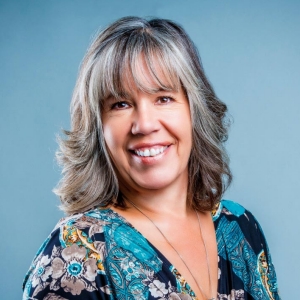 Vicky Boldo
Vicky Boldo
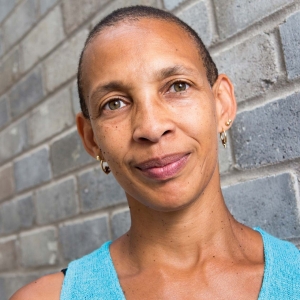 Angélique Willkie
Angélique Willkie
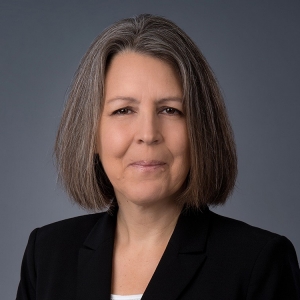 Manon Tremblay
Manon Tremblay
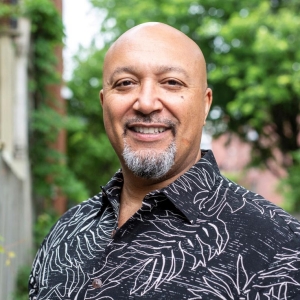 Jason Lewis
Jason Lewis
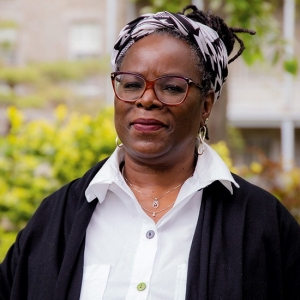 Jacqueline Peters, BA 08
Jacqueline Peters, BA 08